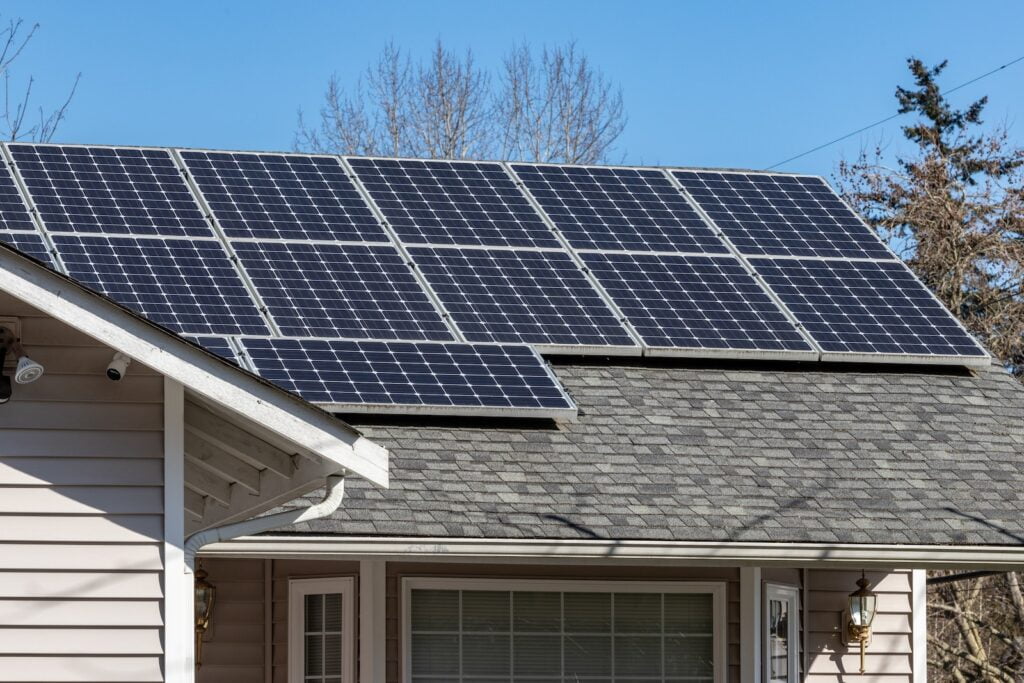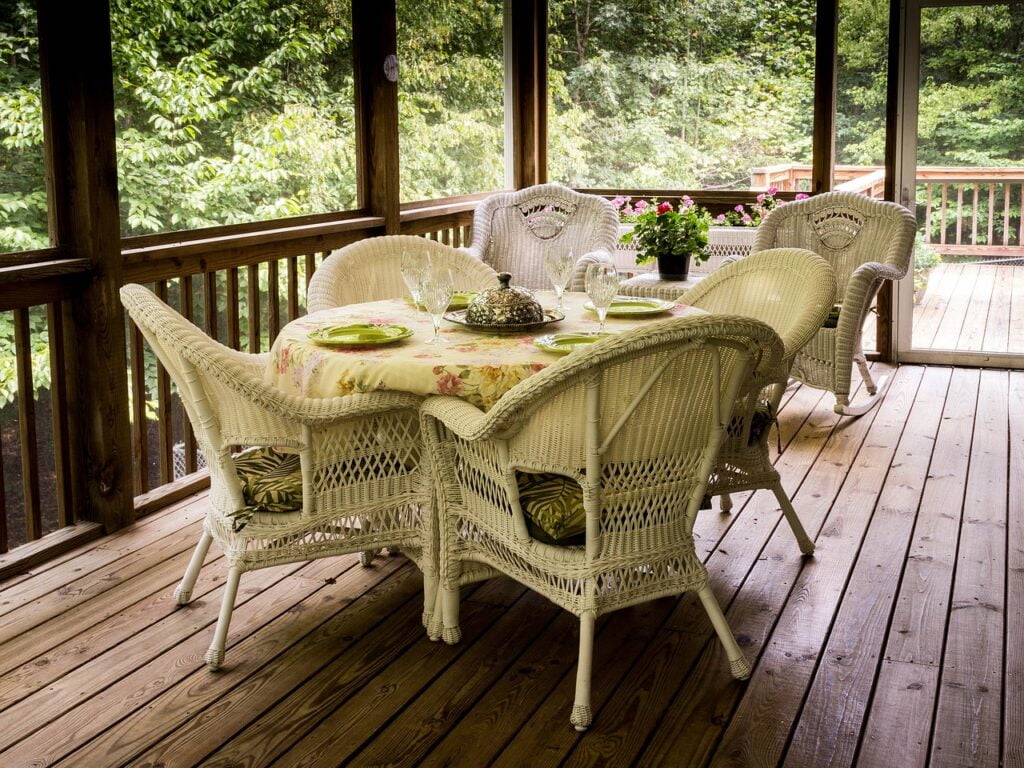Looking to save both energy and money? Making your home more energy-efficient is the way to go. With rising electricity bills and a growing focus on sustainability, it’s important to look for ways to reduce your energy consumption. Whether you’re a homeowner or a renter, there are plenty of simple yet effective steps you can take to make your home more energy-efficient. From upgrading your appliances to improving insulation, this article will explore different strategies to help you lower your energy usage and ultimately contribute to a greener and more sustainable future.
Installation and Insulation
Seal air leaks
One of the most important steps in making your home energy-efficient is to seal any air leaks. Air leaks can occur around windows and doors, as well as in the walls and attic. By sealing these leaks, you can prevent warm or cool air from escaping your home and reduce the amount of energy needed to heat or cool your living spaces.
Double-pane windows
Replacing your old single-pane windows with double-pane windows is an effective way to improve the energy efficiency of your home. Double-pane windows have two layers of glass with an insulating layer of air or gas in between, which helps to keep the outside temperatures from affecting the comfort level inside your home.
Insulate walls
Properly insulating your walls is essential for maintaining a comfortable temperature in your home. Insulation helps to regulate the flow of heat into and out of your living spaces, reducing the amount of energy needed to keep your home warm in the winter and cool in the summer.
Insulate attic
The attic is a major source of heat loss in many homes. By insulating your attic, you can prevent warm air from rising and escaping through the roof. Insulation in the attic also helps to keep your home cooler in the summer by preventing hot air from entering the living spaces.
Insulate floors
Insulating your floors can help to prevent heat loss through the ground. This is particularly important for homes with crawl spaces or basements, as these areas are often exposed to cooler temperatures. By insulating your floors, you can create a barrier that keeps the cold air out and the warm air in, making your home more energy-efficient.
Heating and Cooling Systems
Upgrade to energy-efficient appliances
Older heating and cooling systems can be a major drain on your energy usage. Consider upgrading to energy-efficient appliances, such as furnaces, air conditioners, and heat pumps. These newer models are designed to use less energy while still providing the same level of comfort in your home.
Use programmable thermostats
A programmable thermostat allows you to schedule temperature adjustments based on your daily routine. By setting your thermostat to lower the temperature during times when you are not at home or asleep, you can significantly reduce your energy consumption and save money on heating and cooling costs.
Regularly maintain HVAC systems
Proper maintenance of your heating, ventilation, and air conditioning (HVAC) systems is crucial for their optimal performance. Regularly cleaning or replacing air filters, checking for leaks, and scheduling professional inspections can help ensure that your HVAC systems are running efficiently and using energy effectively.
Insulate heating ducts
During the distribution of warm or cool air in your home, a significant amount of energy can be lost through uninsulated or poorly insulated heating ductwork. By properly insulating your heating ducts, you can minimize energy loss and increase the efficiency of your HVAC system.
Use ceiling fans
Ceiling fans are a great addition to any home and can help to reduce your reliance on air conditioning. In the summer, running your ceiling fans counterclockwise can create a cooling breeze, allowing you to set your thermostat at a higher temperature without sacrificing comfort. In the winter, running your fans clockwise at a low speed can help circulate warm air that rises to the ceiling, improving overall heating efficiency.
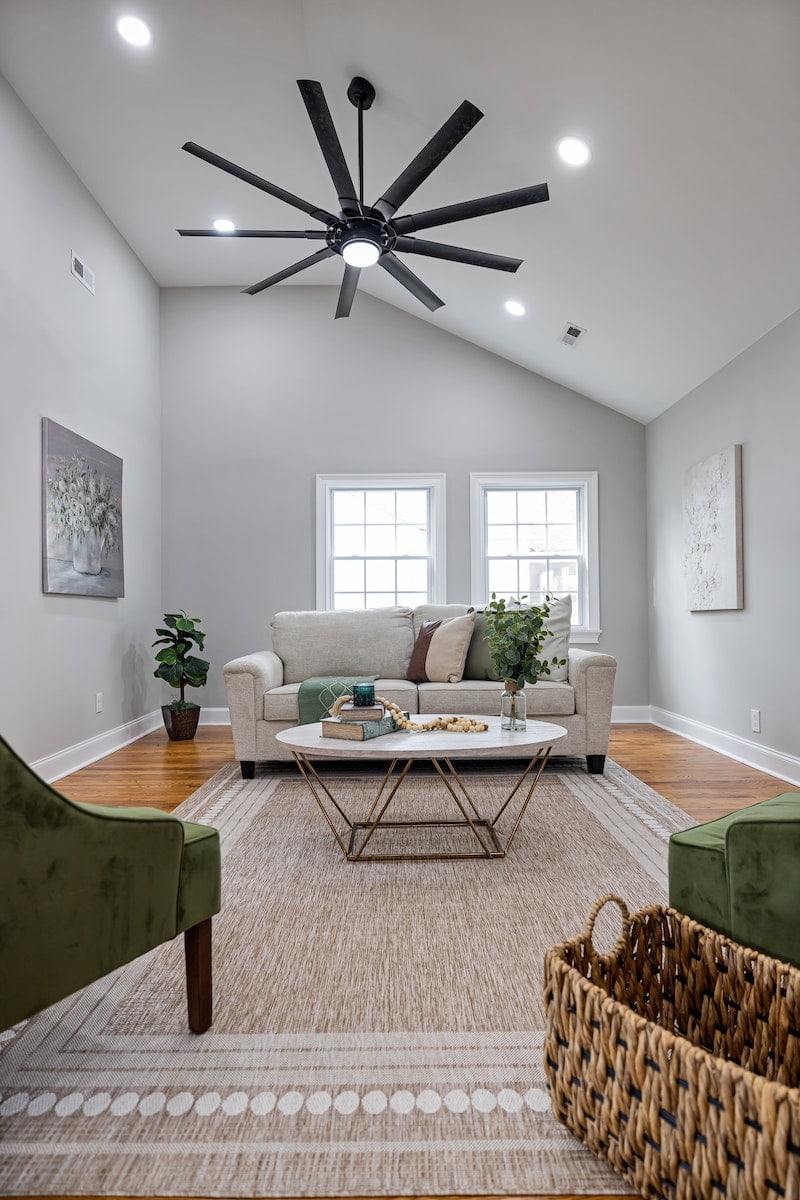
Lighting
Switch to LED bulbs
Traditional incandescent light bulbs consume a significant amount of energy and produce a lot of heat. By switching to energy-efficient LED bulbs, you can reduce your lighting energy consumption by up to 80%. LED bulbs also last much longer than incandescent bulbs, saving you money on replacements.
Use natural lighting
Maximizing the use of natural lighting in your home not only reduces your reliance on artificial lighting but also provides a more pleasant and inviting atmosphere. Keep curtains and blinds open during the day to allow natural light to enter your living spaces. Consider using reflective materials on windows to bounce natural light deeper into your home.
Install motion sensor lights
Installing motion sensor lights in areas such as hallways, closets, and outdoor spaces can help conserve energy by only providing light when it is needed. These lights automatically turn on when motion is detected and turn off after a certain period of inactivity, effectively reducing unnecessary energy consumption.
Water Heating
Add insulation to hot water pipes
Adding insulation to your hot water pipes can help to minimize heat loss and ensure that hot water reaches your faucets more efficiently. Insulated pipes retain heat, reducing the amount of time it takes for hot water to travel from your water heater to your shower or sink, thus conserving energy.
Lower the water heater temperature
Reducing the temperature of your water heater can lead to significant energy savings. Most water heaters are set to 140°F by default, but lowering it to 120°F can still provide ample hot water for your needs while using less energy. Be sure to consult your water heater’s manual for guidance on adjusting the temperature.
Install a tankless water heater
Consider upgrading to a tankless water heater, also known as an on-demand water heater. Unlike traditional water heaters that continuously heat and store a large volume of water, tankless models only heat water as it is needed. This eliminates standby heat loss and can reduce your water heating energy consumption by up to 30%.
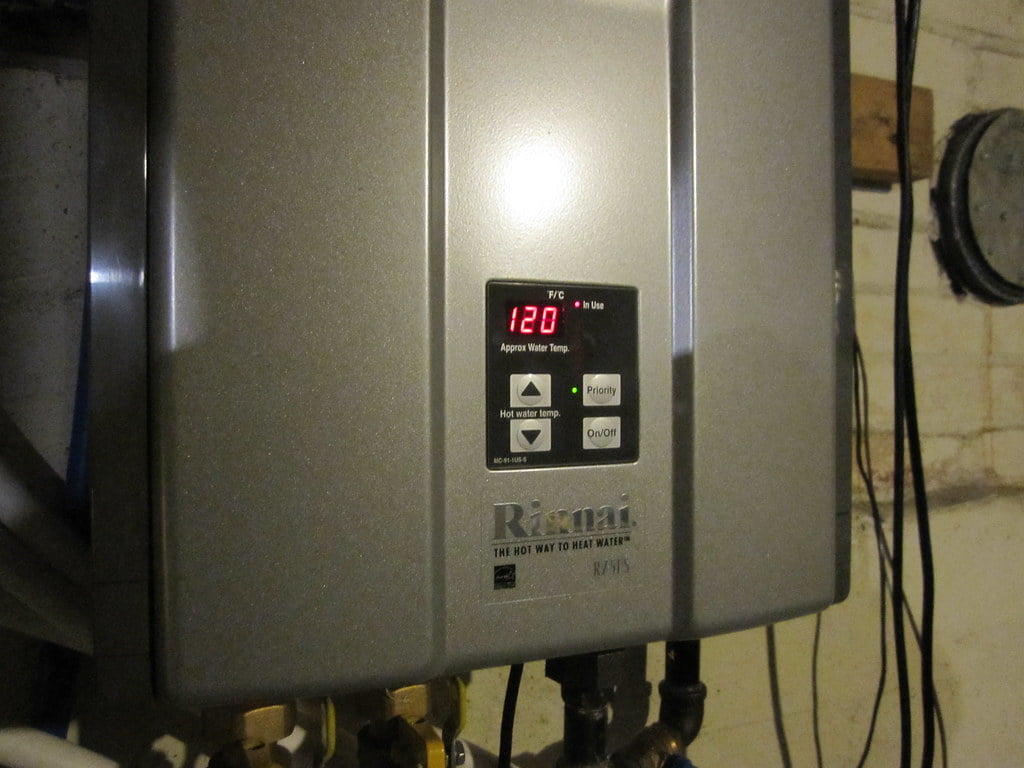
Appliances and Electronics
Choose energy-efficient appliances
When purchasing new appliances, look for the Energy Star label. Energy Star-certified appliances meet strict energy efficiency standards and can help you save a significant amount of energy and money over time. Consider investing in energy-efficient refrigerators, dishwashers, washing machines, and other household appliances.
Unplug electronics when not in use
Even when turned off, many electronics and appliances continue to draw small amounts of standby power. This standby power, also known as vampire power or phantom load, can account for a surprising percentage of your overall energy consumption. Unplug electronics or use power strips with an on/off switch to completely cut off the power supply when they are not in use.
Use power strips
Using power strips can make it easier to turn off multiple appliances or electronics at once. By simply flipping a switch, you can prevent standby power consumption and eliminate the need to unplug each device individually. This is particularly useful for areas with multiple devices, such as entertainment centers or home office setups.
Renewable Energy
Install solar panels
Consider harnessing the power of the sun by installing solar panels on your roof. Solar panels convert sunlight into electricity, reducing your reliance on traditional power sources and providing you with clean, renewable energy. While the upfront cost may be significant, solar panels can pay for themselves over time through energy savings and potential government incentives.
Use solar-powered outdoor lights
Opting for solar-powered outdoor lights can help reduce your energy consumption and lower your electricity bill. These lights use solar panels to store energy from the sun during the day, which is then used to power the lights at night. Solar-powered outdoor lights are easy to install and provide environmentally friendly illumination for your outdoor spaces.
Consider wind or geothermal energy
If your location is suitable, you may also explore the possibilities of wind or geothermal energy to power your home. Wind turbines can generate electricity from the natural power of the wind, while geothermal systems use the stable temperature of the earth to heat and cool your home. Both options are renewable energy sources that can reduce your reliance on conventional energy providers.
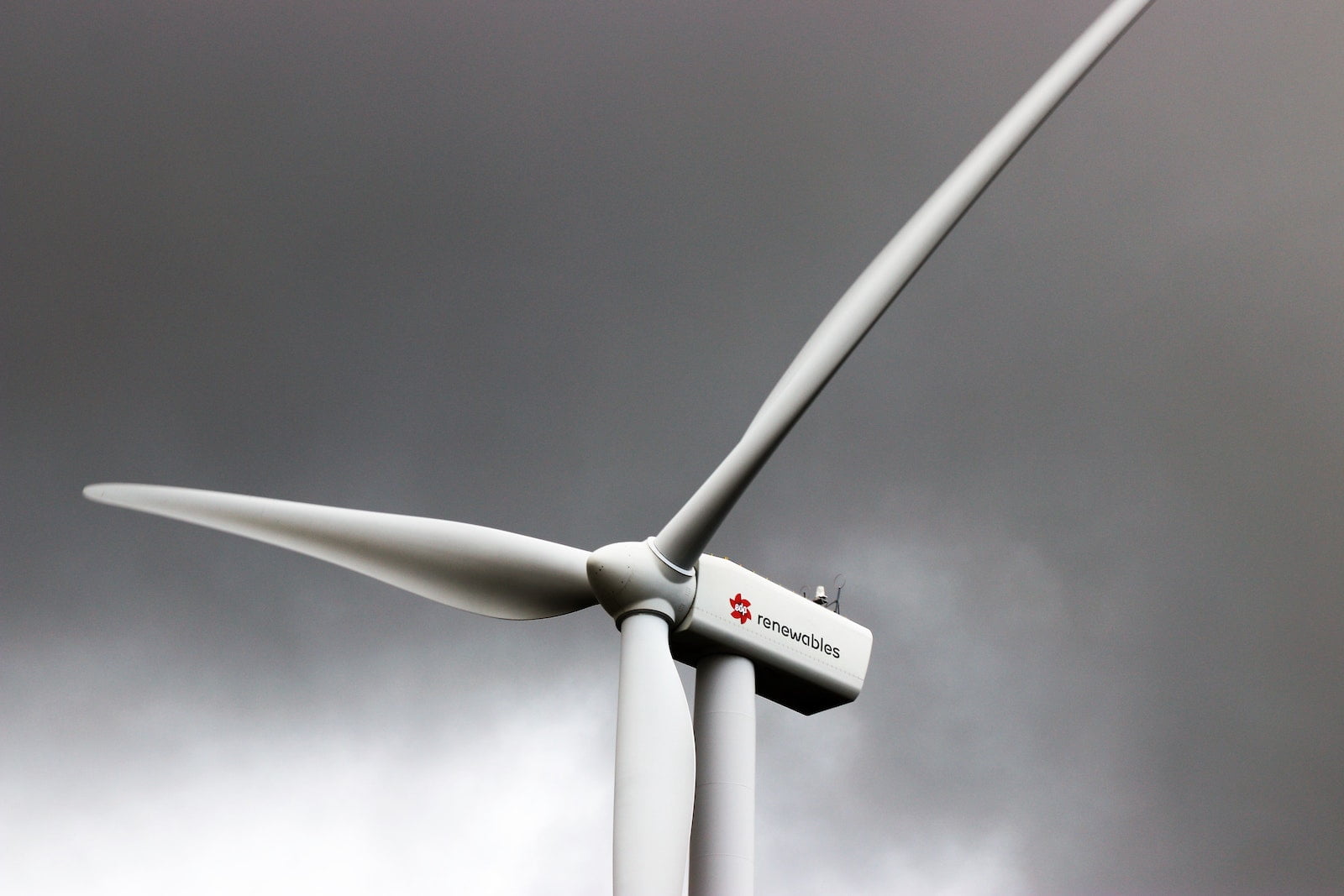
Water Conservation
Fix leaks
Leaky faucets, toilets, and pipes can waste a significant amount of water over time. Regularly check for and fix any leaks in your plumbing system to conserve water and prevent unnecessary water bills. Pay attention to drips or unusual sounds, and promptly address any issues to ensure a well-maintained and water-efficient home.
Install low-flow fixtures
Low-flow fixtures, such as showerheads and faucets, are designed to reduce water flow without compromising performance. By installing low-flow fixtures, you can save water without sacrificing water pressure or the quality of your bathing experience. These fixtures are relatively inexpensive and easy to install, making them a practical water-saving solution.
Use water-efficient appliances
When it comes to appliances that use water, such as washing machines and dishwashers, opt for models that are labeled as water-efficient. These appliances are specifically designed to use less water while still effectively carrying out their intended functions. Using water-efficient appliances can significantly reduce your household’s water consumption.
Collect rainwater
Installing a rainwater collection system allows you to capture and store rainwater for various non-potable uses, such as watering your garden or cleaning outdoor spaces. This not only conserves water but also reduces the strain on your municipality’s water supply. Rainwater collection systems can range from simple rain barrels to more elaborate setups with pumps and distribution systems.
Landscaping and Exterior
Plant trees for shade
Strategically planting trees around your home can provide natural shade during the summer months, reducing the need for excessive air conditioning. By blocking direct sunlight from hitting your windows and roof, trees can help keep your home cool and lower your cooling costs. Additionally, trees provide many environmental benefits, such as improving air quality and providing habitat for wildlife.
Use reflective roof materials
Choose reflective roof materials, such as light-colored shingles or coatings, to reflect a larger portion of the sun’s rays. Reflective roofing materials can reduce the amount of heat absorbed by your roof, which can, in turn, lower your cooling costs and improve the overall energy efficiency of your home.
Install awnings or shades
Installing awnings or shades on windows that receive direct sunlight can provide an additional barrier against heat gain during the summer. Awnings and shades block the sun’s rays from entering your home, reducing the need for air conditioning and helping to maintain a comfortable indoor temperature.
Insulate garage doors
Insulating your garage doors is often overlooked, yet it can have a significant impact on the energy efficiency of your home. Garage doors that are not properly insulated can allow heat or cold air to transfer easily between your garage and the rest of your home, affecting the temperature in both areas. Adding insulation to your garage doors can help maintain more stable temperatures and reduce energy loss.
Energy Audit
Hire a professional energy auditor
If you want to identify areas of improvement specific to your home, consider hiring a professional energy auditor. Energy auditors are trained to assess your home’s energy usage and identify areas where energy efficiency can be enhanced. They may use specialized tools and equipment to conduct tests, such as thermal imaging to detect air leaks or combustion analyzers to evaluate gas appliances.
Conduct a DIY energy audit
If hiring a professional energy auditor is not feasible, you can perform a DIY energy audit to evaluate your home’s energy efficiency. Start by inspecting windows, doors, and other potential air leakage points. Look for signs of drafts or gaps and seal them accordingly. Assess the insulation levels in your attic and walls. Check the efficiency of your appliances, lighting, and heating and cooling systems. By identifying areas where improvements can be made, you can take steps to make your home more energy-efficient.
Behavioral Changes
Turn off lights when not in use
A simple but effective way to reduce energy consumption is to develop the habit of turning off lights when you leave a room. Encourage all family members to be conscious of this and make it a part of your daily routine. Utilize natural lighting during the day and only rely on artificial lighting when necessary.
Unplug chargers and small appliances
Chargers for devices like smartphones and laptops, as well as small appliances like coffee makers or toasters, continue to draw electricity even when not actively in use. Get into the habit of unplugging these devices or using power strips with an on/off switch to cut off their power supply completely. This small change can add up to significant energy savings over time.
Use natural ventilation
During mild weather conditions, take advantage of natural ventilation to cool your home. Open windows and doors to allow a cross breeze, and use window or attic fans to promote air circulation. By relying less on air conditioning, you can reduce your energy consumption and enjoy the fresh air.
Open curtains during winter
In the winter, take advantage of the sun’s warmth by opening your curtains during the day. This allows sunlight to naturally heat your home, reducing the need for extra heating. Close the curtains at night to provide an added layer of insulation against the cold temperatures outside.
By implementing these energy-efficient strategies, you can make a significant impact on reducing your home’s energy consumption and contribute to a more sustainable future. Remember, energy efficiency is a journey, and even small changes can make a difference. Start by assessing your home’s current energy usage, prioritize the areas that need improvement, and gradually implement the recommended measures. With time, you will not only reduce your energy bills but also create a more comfortable and environmentally friendly living space.

